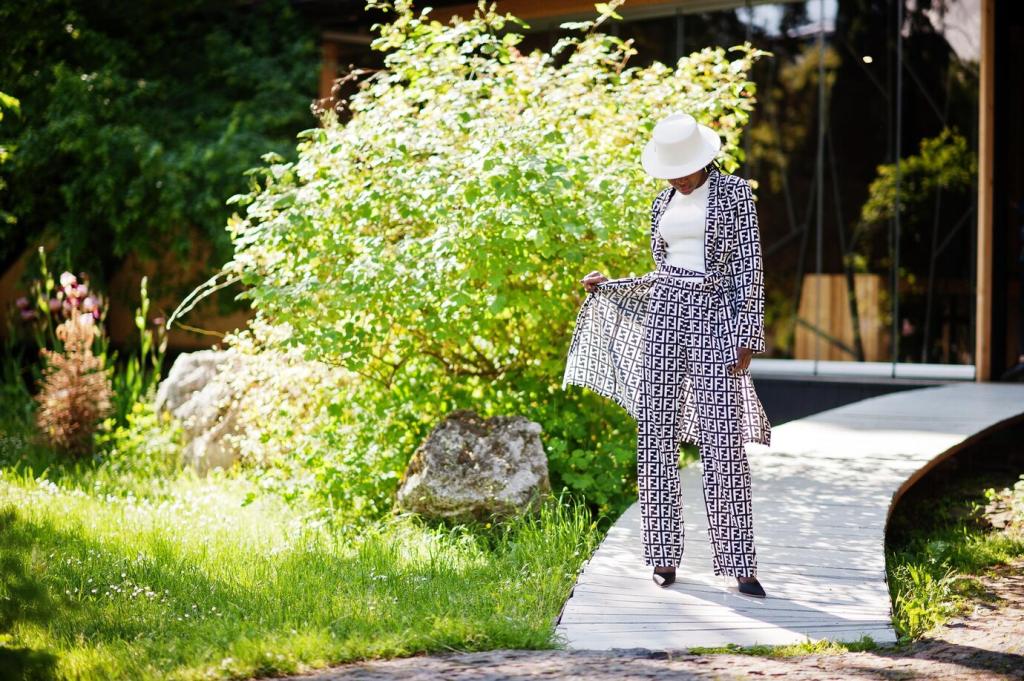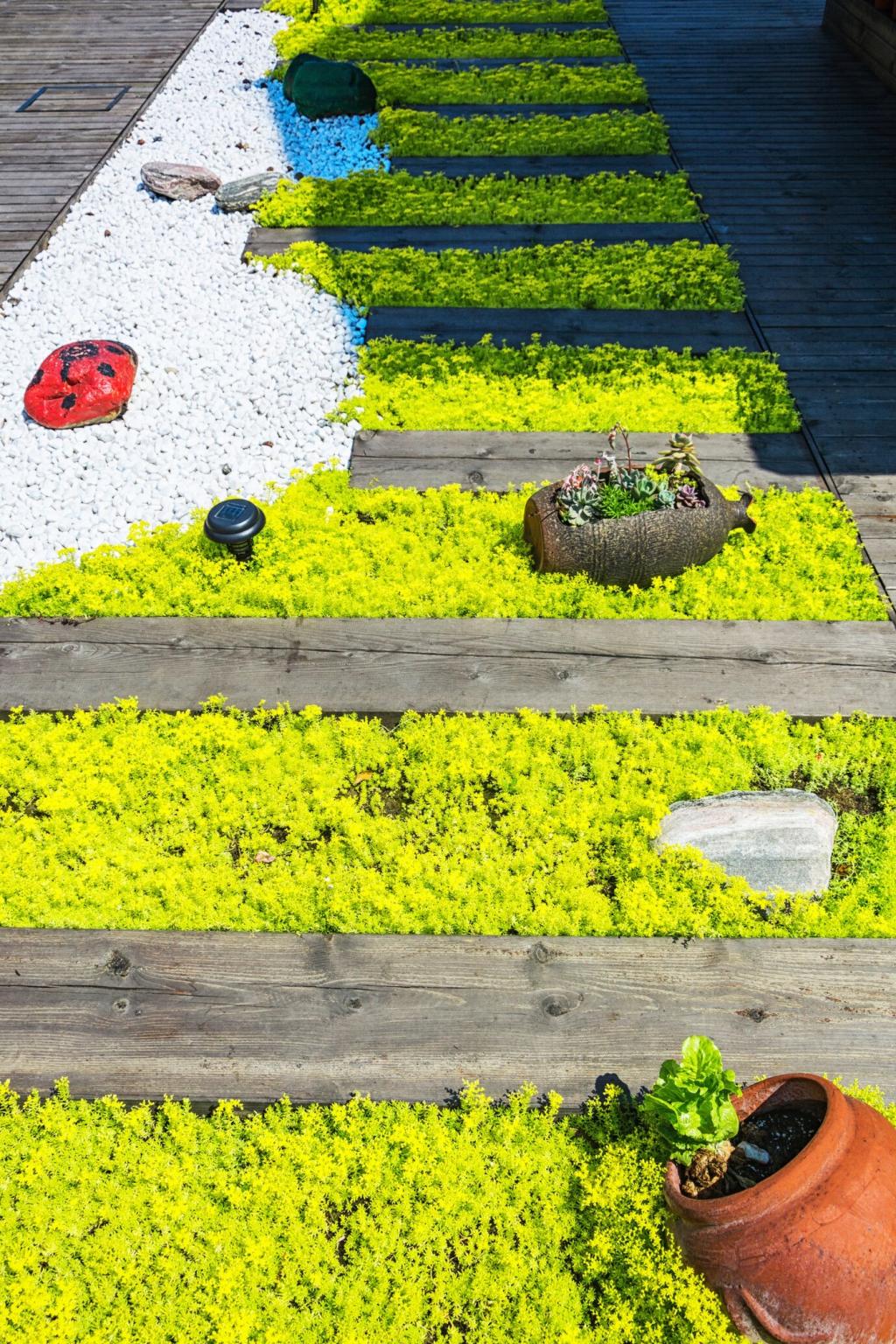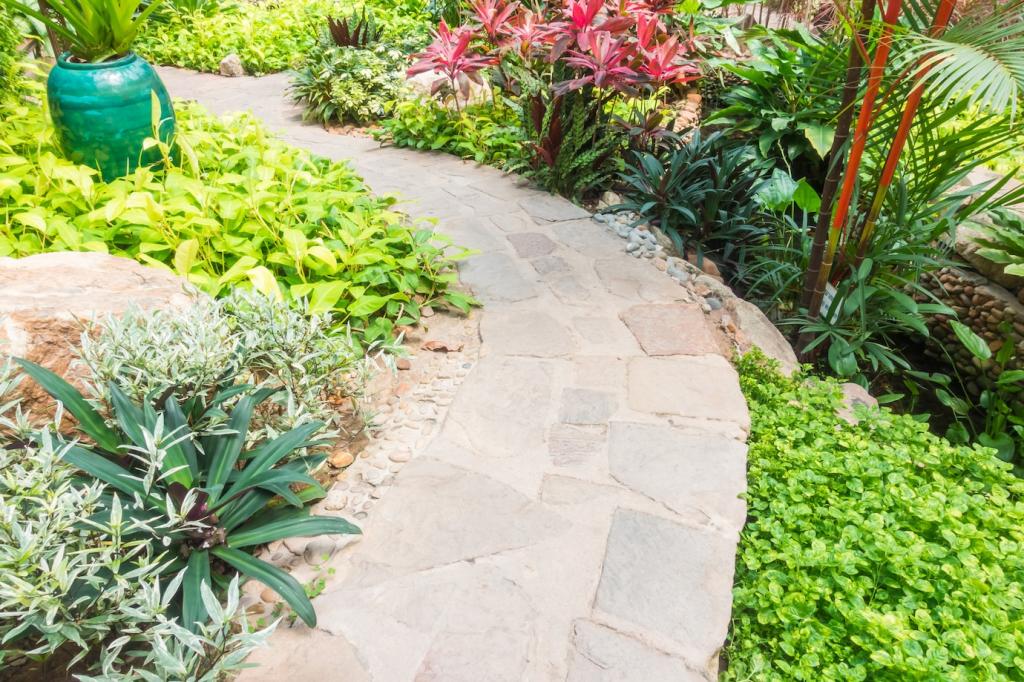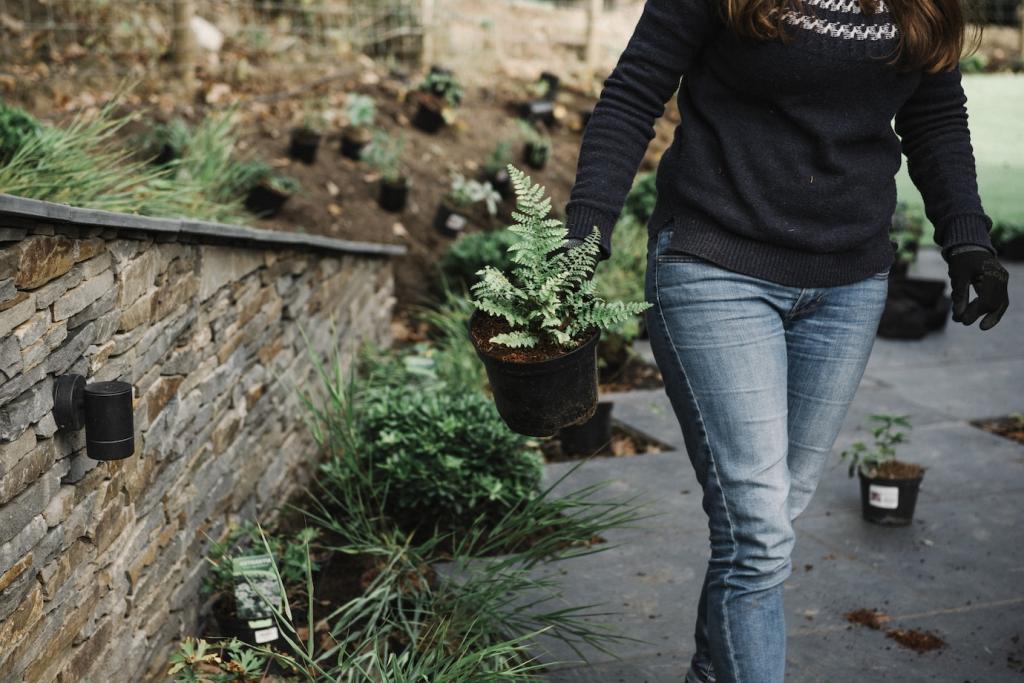Sense of Place and Storytelling: Meaningful Landscapes
Local stone, reclaimed brick, and regionally appropriate plantings root a garden in its context. Study native plant alliances for resilient combinations. The result feels inevitable rather than imported. Tell us one local material you can source that aligns with your landscape’s character.
Sense of Place and Storytelling: Meaningful Landscapes
Layer ambient glow, task lighting for steps, and gentle highlights on focal plants. Avoid glare and respect dark skies. Night scenes should feel calm and navigable, not theatrical. Share where you’d place one path light to improve safety without overwhelming the garden’s quiet.







